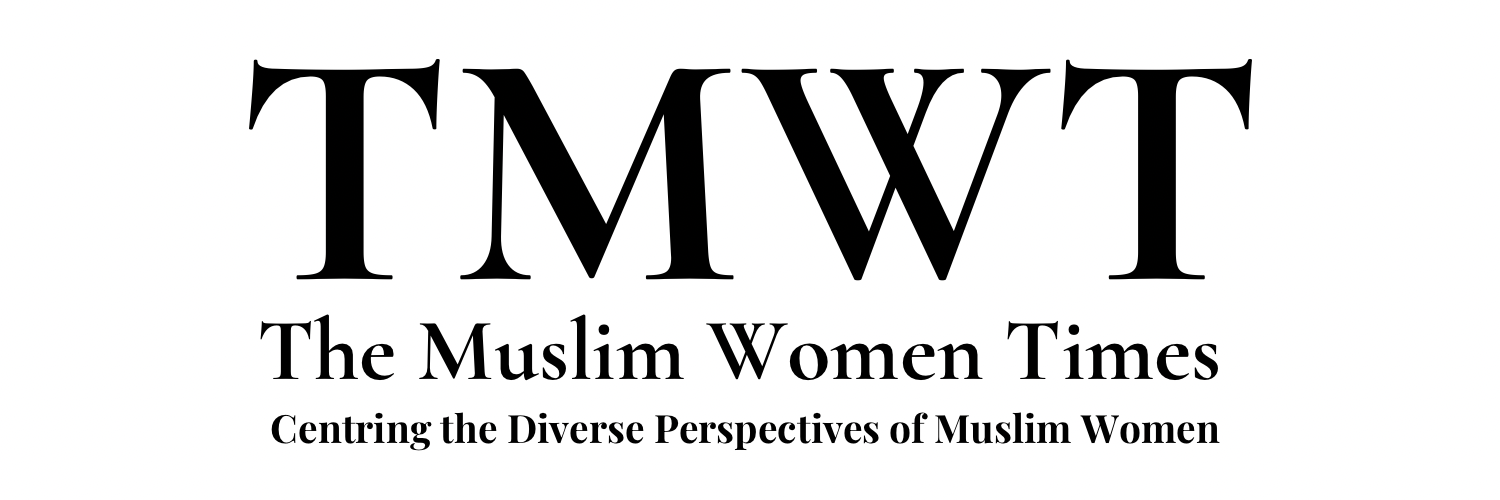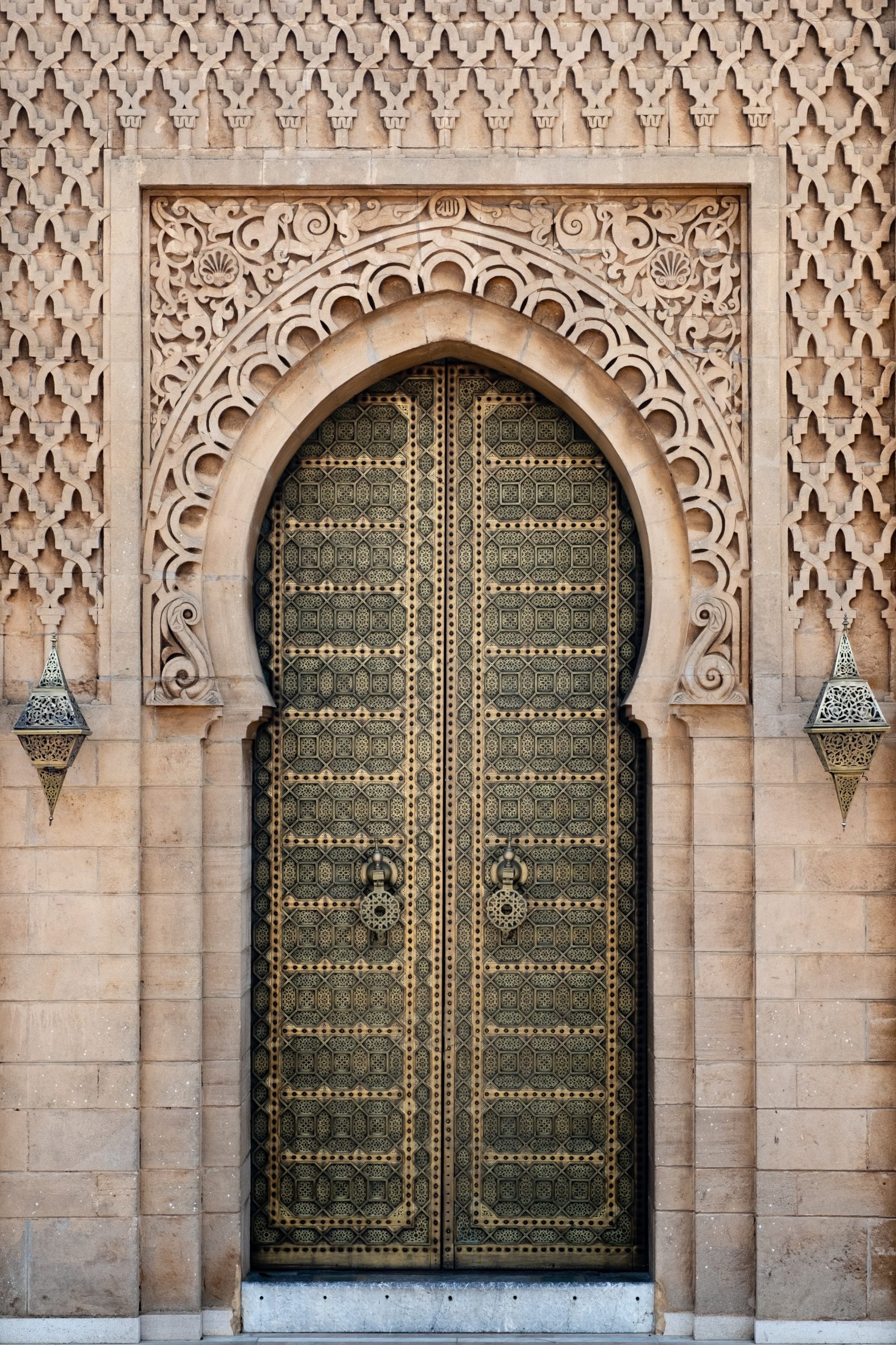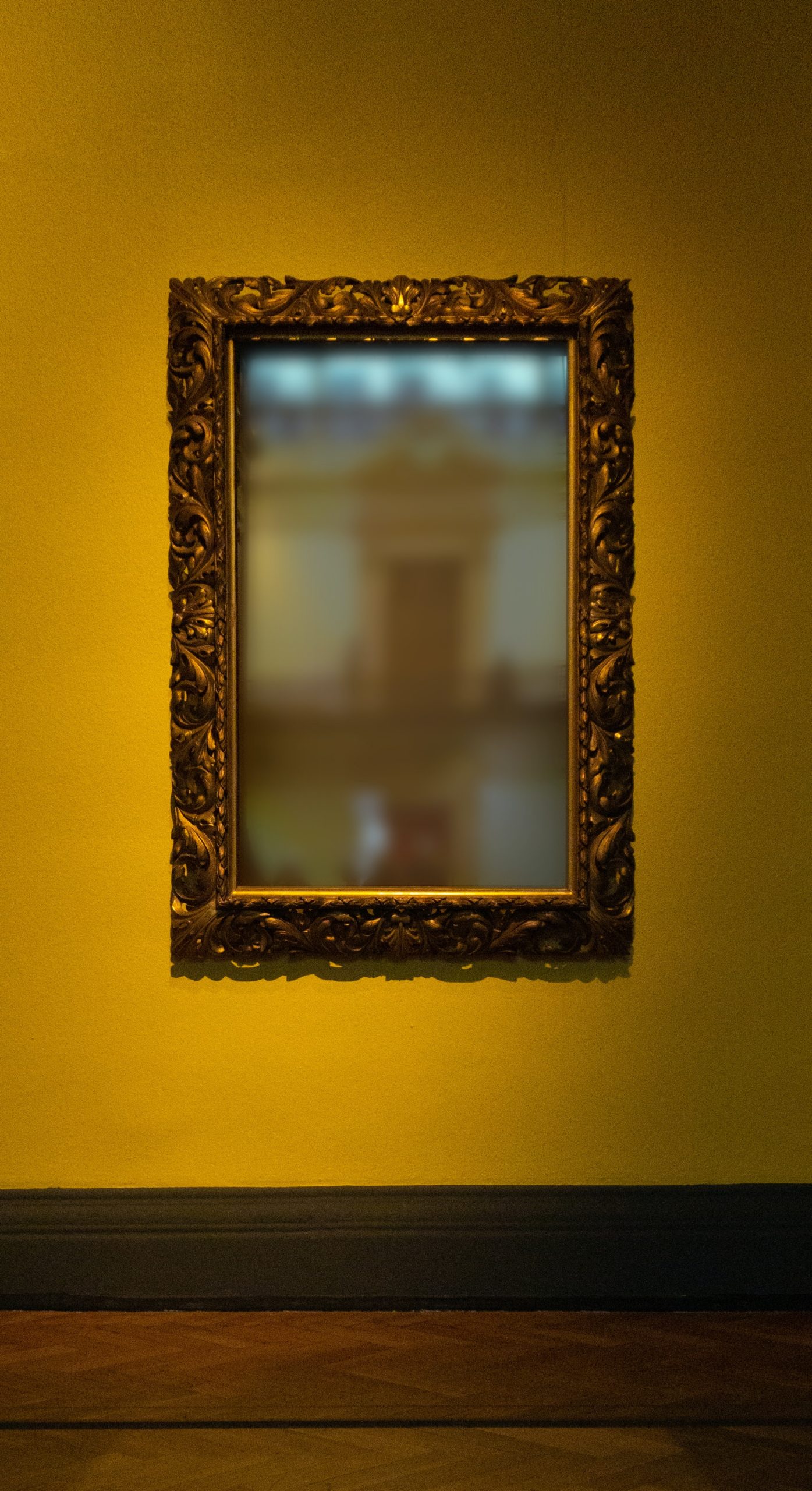Conversations around the struggles faced by Muslims every day are stilted in Muslim communities. It is no news that our Iman oscillates like a pendulum and that all we need to recoup is empathy and support as opposed to the vilification that we face. Against the backdrop of a secular world, where does the young Muslim woman find role models to emulate when she veers off the course of her faith? We can argue that there are a plethora of role models for young Muslim women. But the question remains “Have these role models walked in the shoes of the young women of today?” “Have they made the same mistakes that young women of today have made”? The stories of women who have returned to putting their faith first after stepping out of line is a necessary one to be told if only to provide a roadmap for other women who feel that they are too lost to find their path.
Today, we have a role model that we can point towards to inspire Muslim women to reclaim their faith. This woman is no other than Halima Aden. So many of us think that getting everything right all the time is the most important thing. We think it makes us powerful, that people will look up to us and we’ll earn people’s respect if we personify perfection. Sadly, it couldn’t be further from the truth. Admitting your mistakes and failures shows your vulnerability. And showing vulnerability is a strength, not a weakness. Halima Aden has shown Muslim women that true leadership is not about showing yourself as a robot who never falters but about showing yourself as a human being with flaws. “I had to make those mistakes to be the role model you all can trust.” Halima says “Remember I had no one before me paving the way, so mistakes are part of the learning experience. I did good. But that isn’t enough. We have to have these conversations in order to truly change the system”
Her Story

Halima Aden was born on September 19, 1997, in Kakuma, a refugee camp in Northeast Kenya, after her family fled civil war in Somalia. Her mother’s village was burned to the ground in the early 1990s and her family’s refugee application took almost a decade to be vetted. Halima’s childhood was mostly a happy time. Her Christian friends would celebrate the Muslim holiday Eid with Aden’s family, and she would celebrate Christmas with their families. She also made friends with kids from the local Turkana ethnic group who lived in the region outside Kakuma and visited the camp to sell camel milk.
Halima moved to the United States with her family at the age of seven and settled in St. Cloud in Minnesota; a small city that became host to a large Somali diaspora community beginning in the mid-1990s. She attended Apollo high school where she was voted as homecoming queen in her final year and successfully campaigned for a student senate seat in her first semester of college at St. Cloud State.
Halima came into the spotlight in 2016 when she contested for the Miss Minnesota USA pageant and emerged as a semi-finalist, becoming the first contestant to wear a hijab.
Following her participation in the pageant, Halima received national attention and signed a three-year contract with IMG Models. She also participated in the 2016 Milan Fashion Week and London Modest Fashion Week. In February 2017, she made her debut at the New York Fashion Week for Yeezy Season 5 and later served as a preliminary and telecast judge of the Miss USA 2017 pageant.
Halima was the first model to wear a hijab and burkini in the Sports Illustrated Swimsuit Issue, further diversifying the industry to be more inclusive of Muslims. She stated on her Instagram that her appearance in ‘Sports Illustrated’ sends a message to both her community and the world that “women of all different backgrounds, looks, upbringings…can stand together and be celebrated.

Halima walked on International runways as the first hijab-wearing model for numerous designers, including Maxmara and Alberta Ferretti and became the first hijab-wearing model on the cover of Vogue Arabia, Allure, and British Vogue. In 2018, Halima became a UNICEF ambassador for children’s rights, using her voice to engage young people across the U.S. to support UNICEF’s mission to put children first and bringing awareness to programs that save and protect children’s lives.
In her words, “I’ve seen UNICEF’s incredible, impactful work for children first-hand. When I was young, UNICEF gave me an education, empowering myself, my family and our community in the process. It’s an honour to have this platform with UNICEF USA and I look forward to advocating for children around the world, just as others advocated for me”

In April 2019, Aden collaborated with modest clothing brand Modanisa to design her own turban and shawl collection called Halima x Modanisa. In an interview with Teen Vogue, Halima stated that her collection is for everyone, whether they wear the hijab or not. She released the collection at the Istanbul Modest Fashion Week on April 20, 2019.
Swimming Against The Tide
“The new generation of #WomenWhoDare are those who refuse to conform. They dare to do the impossible, encouraging young visionaries to break—not just push—boundaries, inspiring people around the world to fight for what they believe in.” —Jenna Sauers, Harpers Bazaar
Since 2017, Halima has spoken out about difficulties she faces in booking modelling jobs that are not accommodating to the fact that she wears the hijab.
She described positive experiences with MaxMara where looks were specifically designed to cater to her clothing choices. Commenting on the MaxMara show, for example, Halima stated in an interview with Harper’s Bazaar: “The designer showed me photos of the looks he wanted me to wear and I said, “Is that a hijab?” And he said, “It is a hijab because I specifically had you in mind for this.” That experience this season really reminded me that I’m doing the right thing. I don’t need to change myself…. And when I posted a photo and I said thank you for keeping my wardrobe requirements in mind. A girl commented, ‘He keeps you in mind, he keeps us in mind. Now, this Muslim shopper will keep MaxMara in mind.”
There have been a number of Muslim models in the fashion industry—including fellow Somali Iman, Kenza Fourati, Imaan Hammam, and Hind Sahli— But Halima Aden stands out as the first Muslim model who chose to wear a hijab and dress modestly while on the job. Along the line, however, Halima had to compromise her values to succumb to the requirements of the industry, putting on turbans over tight-fitting dresses and revealing adornments such as earrings and necklaces.

The Turning Point
On 24th November 2020, Halima Aden openly admitted her mistakes in a photo series she posted on her Instagram story. Looking back at the first-ever fashion campaign she did with a fully wrapped hijab, she proclaimed that she was returning to the girl she used to be. She posted a picture of the hijab she grew up wearing for seventeen years and stated that she wouldn’t change it for the world. “I wish I never stopped bringing my black hijab to set because the minute I got comfortable… I got too carried away” Halima said.

Halima talked about her school in Minnesota and recalled that although she had amazing teachers, she was bullied by a bunch of white kids for simply wearing a hijab. “I used to be PAINFULLY shy,” she said. “Never raised my hands; never said a peep… not definitely from those kids who traumatised me with the relentless bullying“. She mentioned that she had always secretly resented the fact that the older Somali generations got to experience the real dressing of her culture; long before the Islamic style of dressing became assimilated into Somali lifestyle. “I felt completely robbed of that experience. I felt like I missed out on my own culture and was too young to understand what happened to change this“. She then recounted the beautiful sisterhood that helped her to get over the hard patches and bullying, stating that her faith and hijab were the strongest around her family and sisters. According to her, it was this experience that shaped her decision to become a hijab-wearing model, hoping to promote the representation of hijab-wearing Muslim women in diverse industries to inspire the young ones.

When it appeared that the modelling industry became too constraining for a woman who wanted a true representation of the Hijab in the industry, Halima’s mother, Rukiya Ahmed Aden advised her to quit modelling. “My Mum asked me to quit modelling a LONG time ago,” Halima said “She was literally the only person who had the purest intentions for me. The advise she gave me was “DEEN” over “DUNYA“.… She told me “go correct it, you were good and blessed before fashion. They came to YOU. What are you scared of? Correct the mistake you made publicly…”
On Representation
Halima’s story appears to be one of the deepest and most honest reflections on how ‘representation’ isn’t the way to mould structures that were not meant for Muslims. “My hijab was never the problem” Halima Aden states. “The problem was that I was trying to fit into a society that was not made for me,” Halima mentioned that at some points during her journey, she felt that she was failing Muslim women, relating how constraining it is to try to fit into spaces that were specifically built to exclude Muslims. Halima’s story is sure to open up conversations around the kinds of representation we need as Muslims and the prices we’re willing to pay for it. “Not even for $10 million would I ever risk my hijab again.” Says Halima “You will catch me working at McDonald’s before I EVER EVER do the following… I’m never doing runway shows again… I’m never travelling for fashion months. That’s where all the bad energy came from.” Hopefully, we get to work towards creating our own spaces and not let the world affect our faith.
The Lesson
“Strive for home-ownership, for education, for equal opportunities, for your Imaan. But learn from my mistakes. If it doesn’t feel right, sis, walk away” – Halima Aden
We are inspired by the story of Halima Aden. She has taught us the true meaning of being human; that no one is too big to make mistakes and that the best of those who err are those who look back, admit their wrongs and retrace their steps. It takes humility and strength to do what Halima Aden has done and her story will forever be an example to Muslim women.
References
- Why Halima Aden Refuses to Remove Her Hijab for Fashion – Harpers Bazaar
- Halima Aden: Early Life and Education – Wikipedia




